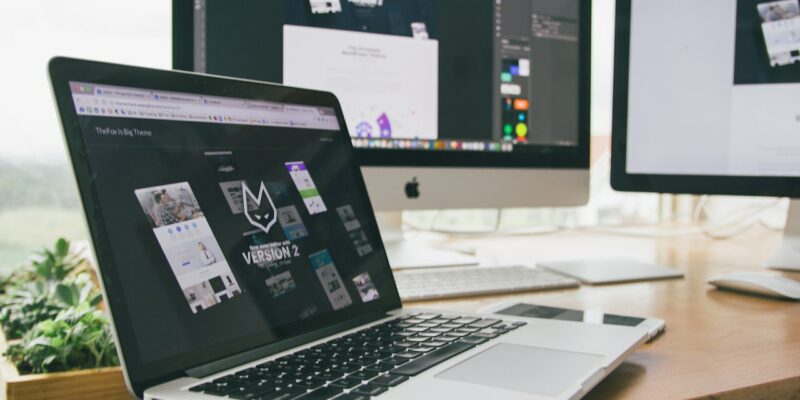In the digital age, where most needs can be met from the comfort of one’s couch, marketing has become a discipline that is taken seriously. In addition, it has acquired a host of supporting tools, the principles of which are based on an in-depth study of the psychology of making sales. By the way, the company website is one of these tools. Accordingly, to make this element of your business worked most productively, you need to think through its structure to the smallest detail. One of them, namely the header we will discuss. In this material we will do it in brief, more in-depth information from the team of professionals on website header designs can be found at the link. After all, if you think about it, it is the site header that draws attention at a first glance. In addition, this element is very practical purpose. However, let’s talk about everything in order.
Why Do I Need a Website Header?
So, in order to understand this issue and understand what to face, it is worth starting with the definition of the concept.
The header is the functional area you see at the top of the page. This is the element by which a company is identified, it is the first to attract attention and to facilitate navigation on the site. It is here that a potential buyer can navigate and quickly go to the desired section.
That is why, in this block the login is placed, or the button that can move user to the shopping cart. No one in doubt where exactly will be these elements, as it is understood that the main information is always on top. In addition, it is the site header helps to increase conversions. If it is not made qualitatively (people are confused in the menu, can not find what you need, see the repulsive logo and so on), or you do not care about adapting the resource for different devices, the likelihood that he will leave the site in the first minute is very high. Accordingly, we can conclude – this structural element – a detector of quality and prospects of your resource for the potential buyer.
What Should Be in a Header?
It’s time to start discussing header structure. After all, to be completely honest, there is no clear set of mandatory components of the header profile. However, we’ve compiled the most common.
A Brand’s Logo
The first thing you’ll see in the header is a logo. This is not unusual because it’s a visual component that’s immediately apparent. For instance: if you see an ornate white text on a red background, what will you think of? Coca cola, of course. As another example, Tiffany & Co. has its own trademark colour, which they embody in their logo, product packaging and even corporate merchandise. You’re unlikely to confuse the Tiffany logo with any other jewellery house. Consequently, it is worth taking care of the quality of this structural element and making it as attractive and meaningful as possible.
Account Login Section
Another part of the header belongs to the personal account. It is through it that the company gets to know its online customers. Thanks to the information entered by the customer, you can create newsletters with current offers, be attentive to the customer (e.g., by congratulating him on a holiday or birthday), and receive much-needed feedback. In turn, a potential customer can find a shopping cart, information on their purchase and delivery, or a specialised personal discount.
CTA
Most often, a so-called “call to action” is placed in the header of the website. It is aimed at quickly establishing contact with a customer. For example, in this block you can find the following phrases: “Leave your phone number and a manager will call you back”, “Place an order right now and get a one-time discount”, “Get a list of five most popular tours in Europe”, “Register and get free access for a month” and so on.
A Menu
For ease of navigation, the header makes sure to place a menu that includes various catalogues and sections. This field has an extremely important purpose, because a person always comes to the site for a solution to their problem. To understand whether it is possible with your resource, it should not take more than 30 seconds. That is why the menu must be concise and clear.
Brief Product Info
Next, in this area can be placed a brief information about the product, which will serve as the so-called “main text”. The main thing here is not to overdo it and be as informative as possible.
Quick Search
Another element that is a must on any website is a box with a small magnifying glass, which is designed for quick searches. Imagine that you are walking through a large hypermarket and your task is to buy a certain product (a scooter for a child, for example). In this case, there is a specific request, and you don’t want to wander half a day shopping around looking for a scooter. If that is the case, you will go to the shop map and look for sports goods or products for children, and then ask the consultant to show you where in the shop the scooters are. The principle is the same, but it is quicker and the search is done through a window.
Geolocation and Language Change
The last thing you will probably encounter in the header is an option to select your geolocation or change your language. The former may be useful for searching for offline shops nearby or post offices. And the ability to see a quality and comfortable translation leaves you with a segment of customers outside the country. In this way, you increase your sales geography considerably.


Comments